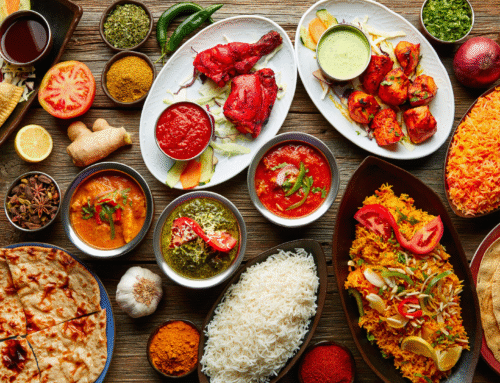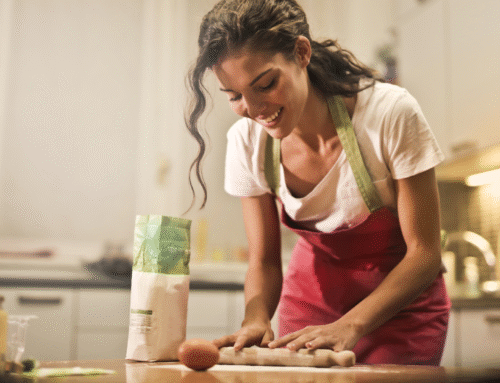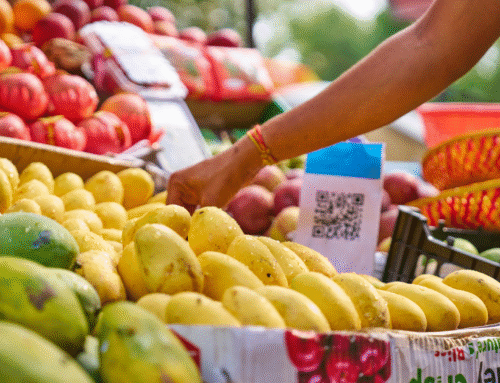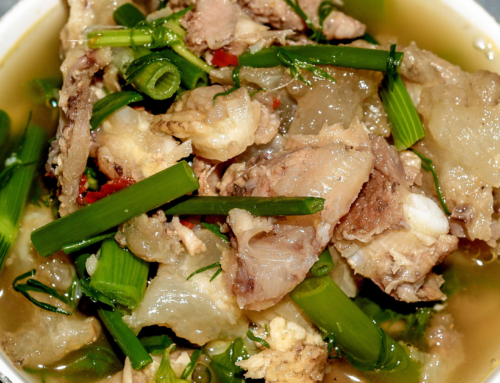Cooking can be a healthy way to spend time in the kitchen and get prepped for the week. But, most of us have the same routine when it comes to cooking. So, we think it’s time to shake things up a little bit! This article will cover some different methods of healthy cooking and show you how these techniques can make your life easier.
1. Steaming
Steaming is a great way to cook a healthy meal. It doesn’t require any oil, so it’s fat-free. It also retains more nutrients than other methods of cooking.
To steam food, you’ll need a steamer basket and a pot with a lid. Fill the pot with enough water to come up to the bottom of the steamer basket. Place the food in the basket, put the lid on the pot, and bring the water to a boil. Reduce the heat to medium-low and let the food steam until it’s cooked through.
One thing to remember when steaming food is that it cooks quickly, so you’ll need to watch it closely. Another is that some foods are better suited for steaming than others. Vegetables like broccoli, carrots, and green beans are suitable for steaming. Fish, chicken, and tofu are also good choices.
2. Stir-frying
When it comes to stir-frying, the key is to use a small amount of oil and cook the food over high heat. This cooking method allows you to quickly cook food while still retaining its nutrients. In addition, stir-frying is a great way to add flavor to your food without adding any extra calories. This is especially possible for wagyu beef tallow, as it can be heated in a wok or frying pan over high heat. Then, you can stir-fry veggies or noodles with the leftover oil and fat. The high smoke point of beef tallow makes it suitable for high-heat cooking methods like stir-frying, allowing for quick and even cooking while imparting a rich flavor to the dish.
You can even prepare other dishes in a similar manner. To get started, heat a tablespoon or two of oil in a large skillet over high heat. Then, add your chosen protein (chicken, shrimp, tofu, etc.) and vegetables. Cook the food for 3-5 minutes, stirring frequently.
3. Baking
Baking can be a healthier cooking option when compared to frying because it typically uses less oil and retains more nutrients in the food. Additionally, baking allows you to cook without adding any extra fats or oils, making it suitable for those watching their calorie intake.
Now, you might assume that baking is only for indulgent treats like pizza or cake. However, that’s not entirely accurate. Baking can also be a wholesome way to prepare meals, such as chicken and veggies. By marinating them with herbs, spices, and a touch of healthy oil like olive oil, you can create flavorful dishes that are both nutritious and satisfying.
And, if you and your family are craving some indulgent treats, you can still satisfy those cravings with healthier versions of pizza or cake. Take for instance, you can opt for a whole wheat pizza crust and load it up with plenty of healthy veggie toppings like bell peppers, onions, spinach, mushrooms, tomatoes, and broccoli. Instead of using regular cheese, go for lower-fat options like feta or goat cheese. Simply pop your creation into your Traditional Pizza ovens or countertop pizza ovens, whatever you have got, and voila! A wholesome and tasty pizza awaits. Similarly, when baking a cake, try using almond flour and sweetening with mashed bananas or maple syrup instead of refined sugar. It’s a simple switch that results in a treat that you can feel good about.
4. Grilling
Grilling is often regarded as one of the healthiest cooking methods for several reasons. When you grill, you typically use less oil or fats compared to frying or sautéing, which helps reduce calorie intake. It also allows excess fat to drip away from the food as it cooks, resulting in leaner and healthier meals. The best part is that it helps retain the natural flavors of foods, eliminating the need for excessive seasoning or sauces.
To ensure successful grilling, it’s essential to have the right items at your disposal. Firstly, you’ll require a grill, which can be either charcoal or gas-powered. Depending on this choice, you’ll need either charcoal briquettes or propane as a fuel source. The latter can be sourced from Dutch Oil and Propane and companies of similar ilk. Now, what makes propane an efficient choice for cooking is that it is ideal for quick meals as it heats up quickly, reducing the time needed to reach the desired cooking temperature. This fits right in with grilling as it usually cooks hot and fast over direct heat. So, if your grill ever runs out of this fuel, then you can have it refilled, from suppliers like Sea Breeze Propane and similar other entities.
Additionally, having the right grilling utensils, such as tongs, a spatula, and a basting brush, is crucial for easy and safe cooking. To ensure your dishes are perfectly cooked, a meat thermometer is a must, allowing you to monitor the internal temperature accurately.
Don’t overlook the importance of preheating the grill and giving the grates a good cleaning before you start. Whether you’re grilling vegetables, lean meats, or seafood, it’s a delightful and health-conscious way to savor your favorite dishes.
5. Roasting
Roasting is a great way to cook meats and vegetables alike, as it helps to retain their nutrients and flavors. Plus, it’s a relatively simple cooking technique that anyone can master with a bit of practice.
If you’re new to roasting, start by preheating your oven to the desired temperature. Then, place your food on a baking sheet or roasting pan and cook for the recommended time. For meats, you’ll want to use a meat thermometer to ensure they reach the proper internal temperature.
Vegetables can be roasted whole or cut into smaller pieces. If you’re cutting them up, be sure to toss them with some olive oil or other healthy fat first. This will help them to brown evenly and prevent them from drying out during the cooking process.
Use these cooking methods to enjoy more healthy dishes at home. With the different options you can go for, you and your family will surely enjoy great meals and be healthy.
Bonus Tip: Microwaving
When cooking a healthy meal, microwaving is often overlooked as a viable option. However, microwaving can be a quick and easy way to cook a nutritious meal. Here are some tips for microwaving a healthy meal:
- Use leaner cuts of meat. Fatty meats will not cook as evenly in the microwave and can become greasy.
- Cut vegetables into smaller pieces. This will help them cook more evenly and prevent them from becoming rubbery.
- Use a microwave-safe cooking spray or oil to prevent food from sticking to the dish.
- Cover food with a lid or plastic wrap to trap moisture and prevent splattering.
- Use the defrost setting on your microwave if you’re reheating frozen food. This will help it thaw evenly and prevent it from overcooking.





Leave A Comment